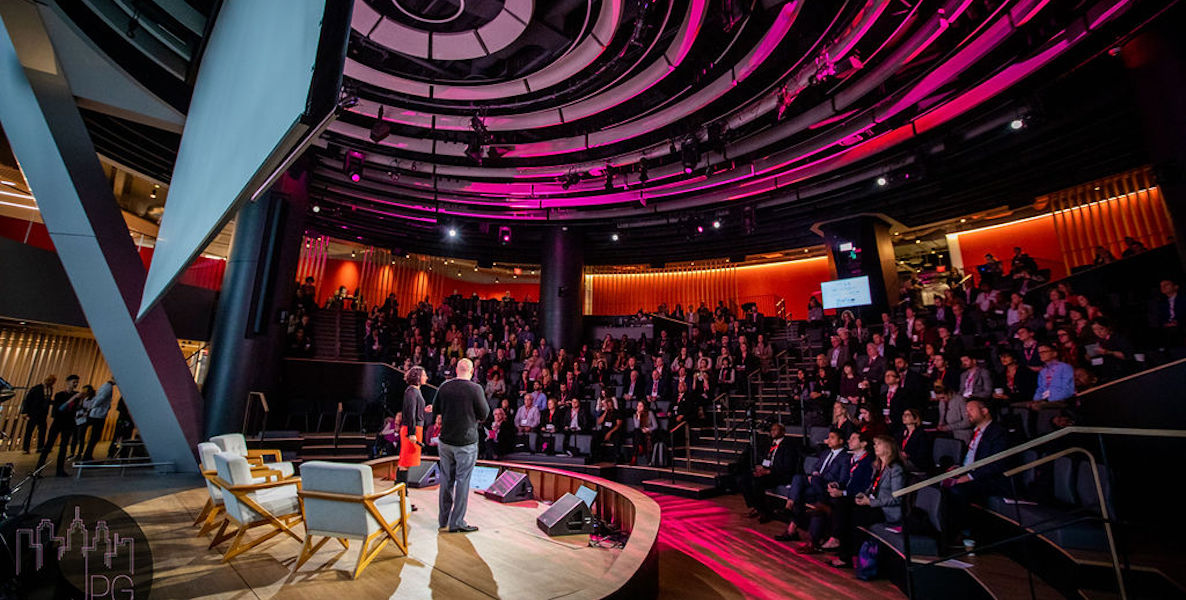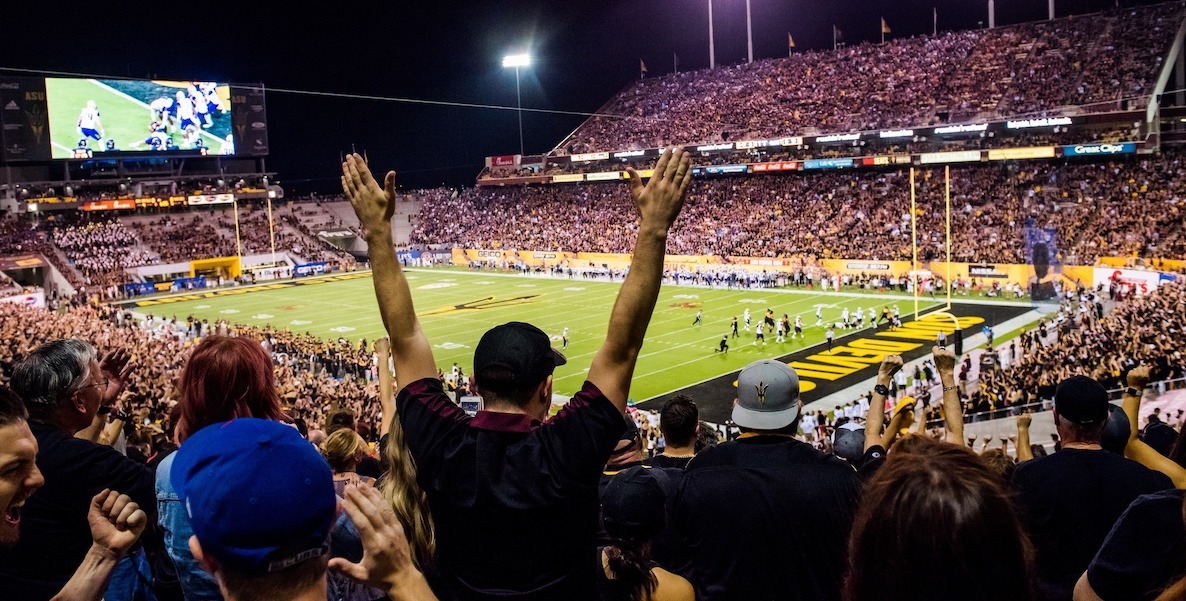The highly-anticipated studies about the impact of a new Center City arena for the 76ers dropped this week, and the conclusion is… inconclusive. Already, both sides of the divisive issue have claimed the reports support their views; already outside experts are poking holes in the results or the process; already every public relations firm in town has taken a side: The Sixers vs. Comcast Spectacor, which owns the team’s current home court at the Wells Fargo Center. (Full disclosure: Both Comcast and Sixers part owner and arena developer David Adelman support The Citizen.)
City Councilmembers — scheduled to return from summer break after Labor Day — will now be tasked with making a decision: Should they pass legislation to allow the Sixers to proceed? Or should they shut the plans down, risking the Sixers following through on threats to move to Camden?
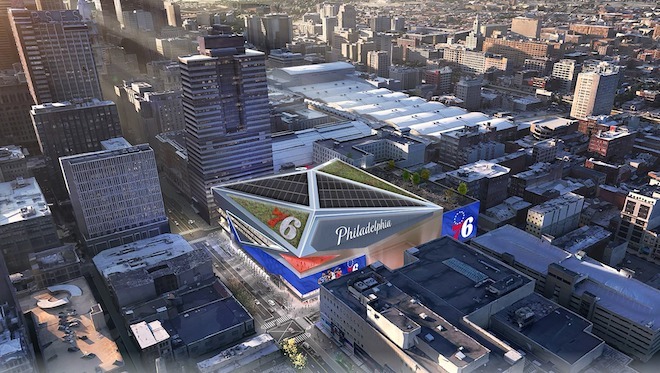
For many of them, it could be the biggest decision they make in their legislative careers. As Geoffrey Propheter, a professor of public affairs at the University of Colorado-Denver and the author of Major League Sports and the Property Tax, told the Inquirer this week: “Every single decision [officials] make will create winners and losers. What you want to know is: Who are the winners, who are the losers, and how much do the winners win, and how much do the losers lose?”
But there’s another question Councilmembers, Mayor Parker, the Sixers and Philadelphia residents should be answering in the coming months: How can we create more winners and fewer losers? Here, some ideas to consider:
Rethink sports arena community benefits
There’s a reason Black clergy and labor unions support a new Sixers arena: They agree with the developers that the construction and operation will create well-paying jobs in the city. That does not necessarily require it be built just outside of Chinatown, but a Center City arena can be a way to lift many boats if done thoughtfully. Already, the Sixers have offered Chinatown $50 million as part of a Community Benefits Agreement. They could go higher, sure, but all parties could also look to examples from around the country of ways to use that money creatively.
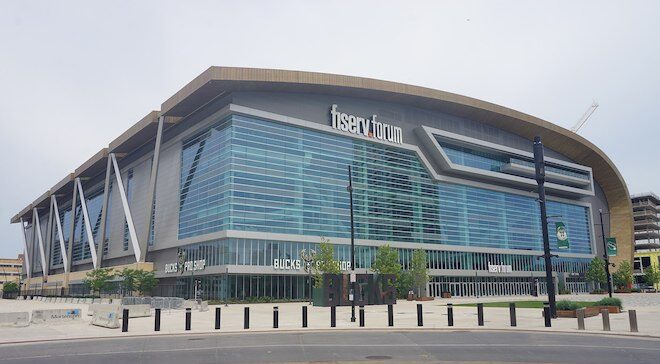
In Milwaukee, as Citizen Co-founder Larry Platt chronicled earlier this year, five years into a Community Benefits Agreement between the NBA’s Bucks and neighbors of Fiserv Arena, both the billionaire team owners and workers in and around the neighborhood are all flourishing. As Platt wrote:
The Fiserv Arena was built with $250 million in state aid, in exchange for the developer and team owners agreeing to be neutral on unionization of all of its service and hospitality workers. As a result, the union’s first contract featured wage increases and cost-of-living bumps for 1,000 such workers at the arena and its surrounding district; last year’s labor agreement between the Milwaukee Area Service and Hospitality Workers Organization (MASH) and the developer raised wages for cashiers, bartenders, cooks, security guards, custodial staff and events personnel by 13 percent to 22 percent right off the bat, with increases in excess of 25 percent in future years. In total, since 2020, Deer District union workers have seen their wages more than double.
The NBA’s Detroit Pistons helped fuel an urban renaissance in that city by moving downtown. A majority of those working on the new stadium’s construction were hired from its surrounding community, and the team shelled out $2.5 million to repair 60 of the city’s dilapidated basketball courts. The team, in partnership with the Detroit Employment Solutions Corp, provided job-training to those living nearby.
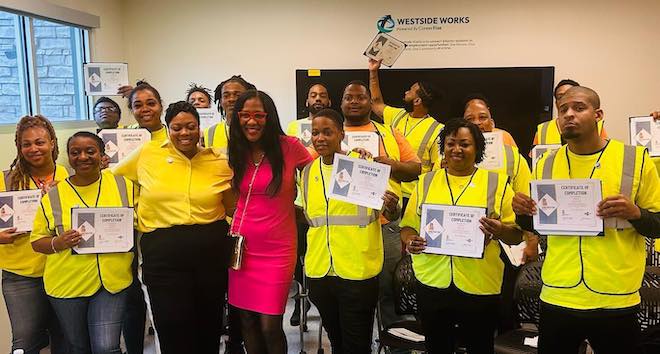
In Atlanta, when the NFL’s Falcons unveiled their state-of-the-art Mercedes-Benz Stadium, they also launched Westside Works, a nonprofit workforce development center created to ensure that the Westside neighborhood that flanks the stadium benefits from it. In addition to job training, there’s a new financial center to improve banking access and financial literacy, a new community center and youth leadership program, and increased law enforcement presence. In the stadium itself, local workers man the concession stands.
Make arenas truly open to the public
In Austin, Texas, Q2 stadium for Major League Soccer’s Austin FC is open to community use on non-game days. There are youth soccer leagues, farmers’ markets, yoga events and art shows. We’re not just a pro sports franchise, the building, in effect, says; we’re a staple of this community.
It’s taking a page from Arizona State University, where Ken Shropshire, now at Wharton, was helpful in transforming the 60-year-old Sun Devil Stadium (now Mountain America Stadium) into a year-round type of community center that also happens to host football games. They called it ASU 365 Community Union because it represents a hotbed of activity 365 days a year, with concerts, seminars, and street bazaars connecting campus and community.
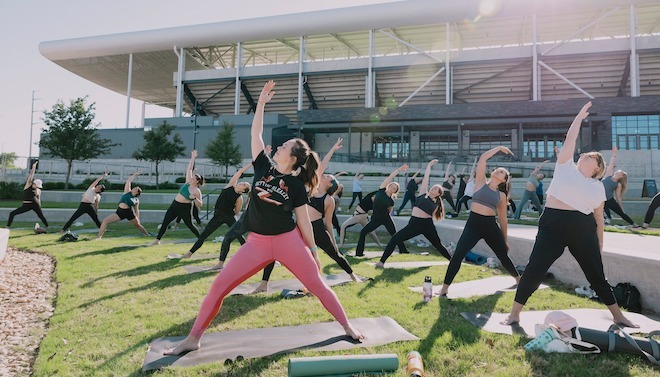
Diana Lind earlier this year wrote about a new soccer stadium planned for Willets Point in Queens, New York, that will see the transformation of 23 acres of public, formerly contaminated land into 2,500 units of affordable housing, a new public school, and 40,000 square feet of public open space — in addition to New York’s first soccer-specific stadium. Because the land was owned by the City, the NY Economic Development Corporation was able to broker a better deal for the City, resulting in some desperately needed assets.
And in Boston, as Lind reported, a not uncontroversial renovation of a dilapidated stadium will provide playing fields for Boston Public Schools, while also enabling Boston Unity, a National Women’s Soccer League team, to use the stadium.
Take this opportunity to change city government
The fact is that, regardless of what feasibility studies say or don’t say, the decision about whether the stadium is approved may be mostly in the hands of one person: City Councilmember Mark Squilla, whose district includes that part of Market Street. Because of the antiquated, unfair and undemocratic gentleman’s agreement known as councilmanic prerogative, if Squilla tells his colleagues he wants the stadium approved, they are likely to approve it. If he says no, they are likely to say no. Squilla has said he wants Councilmembers to make their own decisions, and at least three have stated they will vote against the arena no matter what — but it would be highly unusual if a majority of legislators went a different way from Squilla.
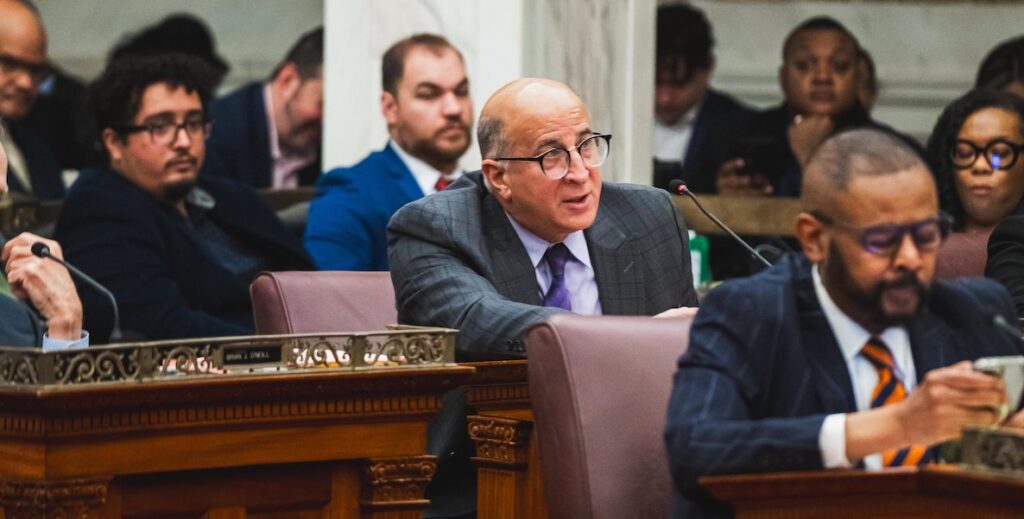
That shouldn’t even be a question. The best way around it is to do what many good government types have advocated for years: Ban the practice of councilmanic prerogative.
And then there’s the big picture. One proactive step Lind recommends is hiring a “Sports Mayor” for the city. Here’s how she describes it:
The Sports Mayor would advocate for ways of increasing physical activity throughout our cities and better connecting our stadiums to a real civic purpose in our cities. A strategic plan for recreation and physical activity might help us to look beyond rec centers as the sites of physical activity in our cities. It might also help us to quantify the sincere lack of space we provide for recreation, and the economic, social and even environmental opportunity cost to cities by not fulfilling that need.
![]()
EXPLORE MORE DEVELOPMENT … FOR GOOD


